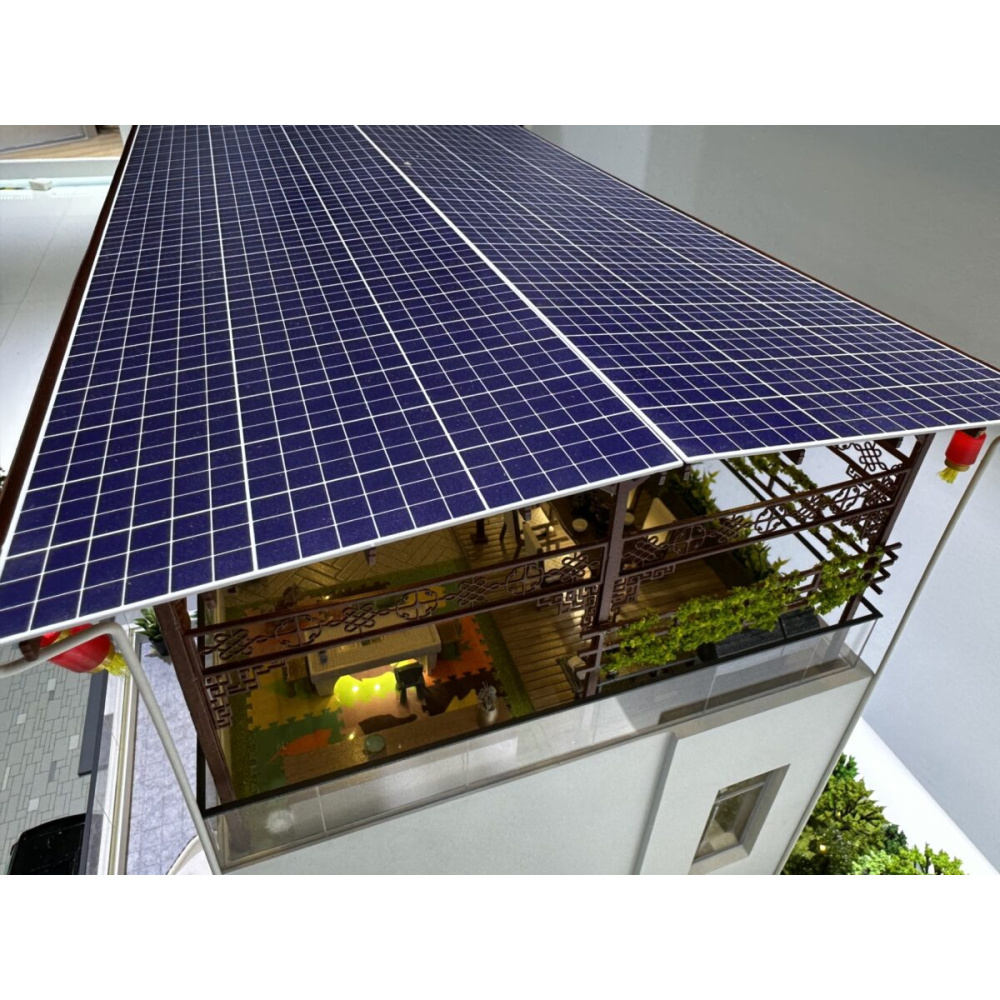Using surplus solar power to pre-cool, pre-heat homes

Researchers from the University of New South Wales (UNSW) in Australia have investigated how excess solar power from rooftop PV installations can be used for solar pre-cooling and pre-heating (SPCaH) in residential buildings.
“SPCaH helps reduce the later demand for air conditioning or heating, making our energy use more efficient,” the research lead author, Gloria Pignatta, told pv magazine. “Unlike many studies that rely on theoretical models, this research uses actual data from 450 Australian households. By doing so, it paints a realistic picture of how much energy can be saved and how much carbon emissions can be reduced in everyday life for what concerns the Australian context.”
The research group explained that SPCaH is based on the utilization of reverse cycle air-conditioning (AC) system to convert excess solar power surplus into thermal energy, which is then fed into a building's thermal mass, with this thermal mass being pre-cooled the cooling season and pre-heated in the heating system. “This approach reduces the cooling or heating demand in the late afternoon and early evening,” it emphasized.
The scientists categorized the construction materials in the analyzed buldings into three type by light, medium, and heavy weight. They then simulated the thermal performances of nine building types in Adelaide, Brisbane, Melbourne, and Sydney. They also developed an aggregated thermal dynamic model (ATDM) based on hourly indoor temperature, AC demand, solar radiation and outdoor temperature.
The simulations showed that SPCaH helps reduce AC demand more during summer and winter compared to autumn and spring, with the highest level of maximum demand reduction being reported for a building in Brisbane.
“During spring and summer, the implementation of SPCaH enables buildings to achieve emission reductions of approximately 30% of total emissions for the respective seasons,” the academics emphasized. “However, in autumn, the impact of SPCaH on emission reduction is minimal across all locations and building types.”
Their findings can be found in the paper “Reducing greenhouse emissions from Australia’s housing stock through solar pre-cooling and pre-heating,” published in Energy and Buildings.
“By considering factors like the size of air conditioning systems and people’s comfort levels, the study provides a detailed look at how this energy-saving strategy works in different types of homes. This practical insight could help homeowners save money on energy bills while contributing to a cleaner, more stable electricity grid”, Pignatta concluded. “The approach cleverly matches the surplus solar energy with times when the power grid would otherwise waste renewable energy. By using this ‘leftover' energy, the method helps lower the need for fossil-fuel-based electricity, thereby cutting greenhouse gas emissions.”
In 2022, another research group led by Gloria Pignatta investigated how rooftop PV generation could be used to run air conditioners (AC) to pre-cool residential and commercial buildings. This work identified several factors that could help reduce a building’s energy costs.